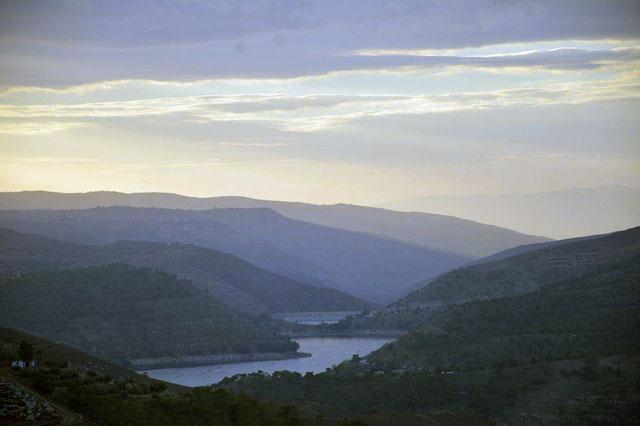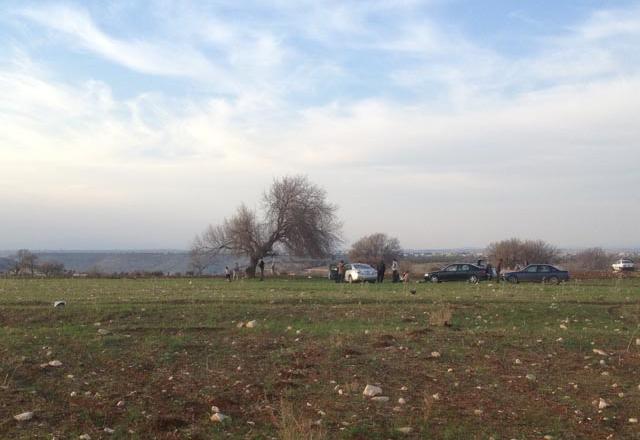AMMAN — The Kingdom is facing a drought threat which will have a negative impact on water storage and crops if it persists, officials warned on Tuesday.
The current dry conditions and prolonged unseasonable high temperatures are raising concerns of water and agriculture officials, who expressed hope for sufficient rain to come during this and the next month.
“This lack of rain, coupled with high temperatures is worrisome. Dams have lower rain storage than last year and the stored water is being pumped to crops and trees to protect them against the damage of drying up,” Jordan Valley Authority Secretary (JVA) General Saad Abu Hammour told The Jordan Times in a phone interview.
The dams currently have 140 million cubic metres (mcm), or 43 per cent of their total capacity of 325mcm, which is 14 per cent less than the amount stored at the dams during this time last year of 186mcm, according to official figures.
“The dams didn’t receive any water since December’s snowstorm; moreover, so much water is being pumped from the dams to ‘orweh tishrineye’ crops and trees because of the lack of rain and the high temperatures,” Abu Hammour said.
Orweh tishrineyeh is a local agricultural term that refers to winter crops planted at the end of each year, when farmers grow vegetables in the Jordan Valley. Different kinds of vegetables are cultivated during this period, including cucumber, tomato, eggplant and zucchini.
Farmers rely on rainwater for irrigating their winter crops; however, the JVA increases the amount of water allocated for irrigation if the rainy season comes late, according to the authority, which said that a total of 100mcm is required for the irrigation of orweh tishrineye crops.
Highlighting this year’s exceptionally dry conditions, Abu Hammour said the authority usually pumps water for the irrigation of trees at the onset of summer, but due to the insufficient rain, irrigation of trees started earlier this year.
“We usually start pumping water for the irrigation of trees on June 1… but this year, we have already started supplying trees with water twice a week… expectations of this wet season are not so good,” the official noted.
More than 360,000 dunums in the Jordan Valley are cultivated and irrigated, but Jordan depends on rain to replenish underground aquifers and reservoirs, the main source of its domestic water supply. The Kingdom has no major rivers or lakes to meet the demands of its over six million people.
Water Ministry Spokesperson Omar Salameh said the ministry is drawing up an emergency plan that will go into effect if the drought continues.
“The ministry is bracing for the worst. It is drafting a plan which will be ready soon. It will propose ways to balance water supply and demand in light of the lack of rain and expected surge in demand for water as summer starts,” Salameh told The Jordan Times.
A meteorologist at the Jordan Meteorological Department said on Tuesday that temperatures over the past month have been at least seven degrees above their annual average during this time of the year of 13°C and less.
“Daytime temperatures have risen above 20°C several times during the past month with no substantial rain during marbaniyeh,” the meteorologist told The Jordan Times.
The country typically witnesses several depressions during marbaniyeh, the local name given to the 40 coldest days of winter. The Kingdom usually gets 30 per cent of its long-term annual average rainfall during this period, which started in late December and ended last week.
Meanwhile, Agriculture Ministry Spokesperson Nimer Haddadin said that despite the lack of rain since December last year, crops remain unaffected, so far.
“The soil still holds some humidity since the snowstorm. The crops so far are safe, but if the drought continues, farmers will incur losses,” Haddadin told The Jordan Times.
He underscored that wheat and barley in particular have not been affected yet by the lack of rain.


















